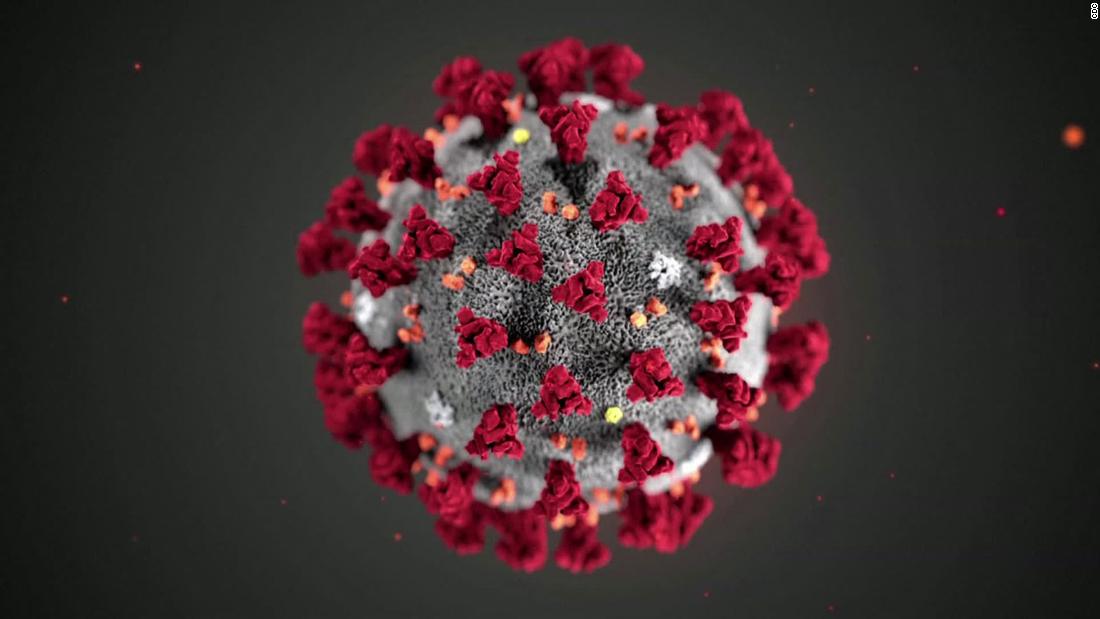We have created a model based on artificial agents that describes some aspects of the dynamics of diffusion of COVID-19, especially aspects related to the link between social behaviour and contagion dynamics. There are two specificities in the socio-economic structure of the areas in northern Italy initially affected by the pandemic: the spread of small and medium sized companies, organized in territorial clusters (by superimposing maps of the location of the companies and maps of COVID 19 spread, the relationship is clear); the presence of a working men’s aggregation, typical of those areas.
Concerning this second point, we remind that meeting in the evening, typically indoors and involving age groups that are at risk, is a typical behaviour of the areas involved in the first flu spread. Just as the idea of proximity, i.e. being part of a community where social ties are intertwined with professional ties, leads to behavior that, on the one hand, is one of the keys to the economic success of these areas but, on the other hand, has generated favourable conditions for the spread of this particular pandemic, in addition to strictly economic behavior (trade fairs, product exhibitions), which is also linked to the spread of this particular variant of the flu virus.
The simulations we are carrying out seem to confirm this interpretation, and we hope they will be useful in identifying policies that combine effectiveness and respect for the production characteristics of these areas. The risk of the current measures, although necessary to protect public health, is that they will cause serious economic damage to the productive fabric of these areas. Our model suggests that a further restriction on businesses shutdown, while progressively increasing the number of sectors involved, has a significant impact on the contagion aspects only if all businesses are closed; on the other hand, from an economic point of view, it causes exponential damage both in terms of capitalization and production in the strict sense.
The results of the study will be published in the coming days.
Federico Cecconi – CSO QBT Sagl
Alessandro Barazzetti – Head of R&D, QBT sagl – Professor in Data analysis and advanced forecasting techniques, UCM Higher Education Institution




